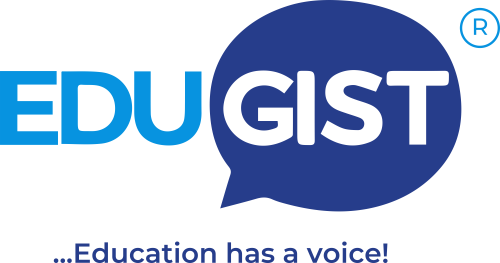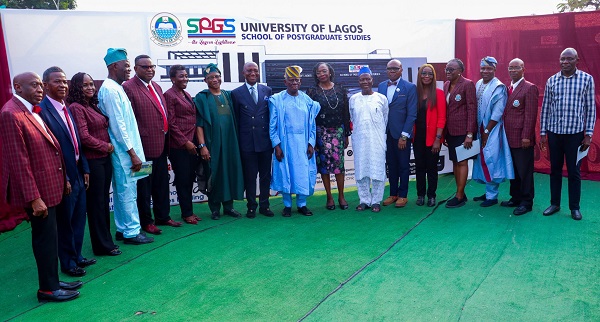Teachers aiming to develop students’ ability to “construct viable arguments and critique the reasoning of others” need to foster active mathematical discourse in their classrooms. This can involve various strategies such as having students explain and discuss their thinking processes out loud or using hand signals to indicate agreement or disagreement. In the modern world, students who excel in mathematics are not only able to solve problems but can also articulate:
- The problem’s requirements
- Their approach to solving it
- The rationale behind their solution strategy
- The method used to verify the correctness of their answer
Essentially, students need to engage in metacognitive thinking for each problem and effectively communicate their thought process.
Proficient math students demonstrate a deep understanding and application of assumptions, definitions, and established results when constructing arguments. They formulate conjectures and develop a logical sequence of statements to investigate the validity of their hypotheses. These students can analyze complex situations by breaking them down into cases, identify and utilize counterexamples, and provide justifications for their conclusions while effectively communicating them to others and engaging with opposing viewpoints. They employ inductive reasoning when interpreting data, crafting plausible arguments that consider the data’s context.
Teachers aiming to develop students’ ability to “construct viable arguments and critique the reasoning of others” need to foster active mathematical discourse in their classrooms. This can involve various strategies such as having students explain and discuss their thinking processes out loud or using hand signals to indicate agreement or disagreement.
For example, a teacher might present multiple problem-solving approaches and ask students to identify plausible rationales for each approach, as well as any mistakes made. Similarly, a teacher could display a cost-analysis comparison of different house rental plans and prompt students to formulate and defend a way of showing when each plan becomes most economical.
In the early stages of education, students develop mathematical communication skills by constructing arguments using concrete referents such as objects, pictures, drawings, and actions.
As students progress, they practice mathematical communication skills by engaging in discussions where they ask questions such as “How did you get that?”, “Explain your thinking”, and “Why is that true?”, while also listening to others’ explanations, evaluating their sense, and asking appropriate questions.
Having good foundation, students begin constructing arguments using verbal or written explanations accompanied by expressions, equations, inequalities, models, and data displays.
In high school, students understand and use assumptions, definitions, and previously established results to construct arguments. They make conjectures, build logical progressions of statements, reason inductively about data, compare situations, and justify their conclusions while communicating and responding to the arguments of others.
Additionally, proficient math students are adept at evaluating the effectiveness of different arguments, distinguishing between sound logic and flawed reasoning. If an argument contains a flaw, they can pinpoint and explain the error. While elementary students construct arguments using tangible references like objects, drawings, diagrams, and actions, these arguments may lack generalization or formalization until later grades. As students progress, they learn to define the domains to which an argument is applicable.
At all levels, students have the ability to assess the coherence of others’ arguments, ask pertinent questions to enhance understanding, and contribute to refining arguments through critical inquiry.
Encouraging metacognition involves a blend of explicit teaching, teacher demonstration, student-centered exploration, and supportive coaching. This approach assists students in initially acquiring the types of questions and cognitive processes they can employ, and then progressing to independently apply them. While some students may naturally possess these metacognitive skills, others may require more guidance. Therefore, teachers play a crucial role in instructing and empowering students to take ownership of their mathematical learning.
Steps to develop convincing arguments:
-
- Clarify the problem’s requirements with supporting evidence.
- Outline your strategy for solving the problem and provide rationale.
- Justify your answer and its correctness.
- Articulate your thought process through both writing and speaking.
Steps to evaluate others’ reasoning:
-
- Seek clarification by asking questions about the problem’s requirements.
- Inquire about their approach to solving the problem.
- Question their explanation of the answer and solution method.
- Identify and discuss similarities and differences in problem-solving strategies.
- Identify errors in incorrect answers and explain them with evidence.
In OCTOSPICE 4 article tomorrow, I’ll talk about how to reason abstractly and quantitatively. You don’t want to miss it.











